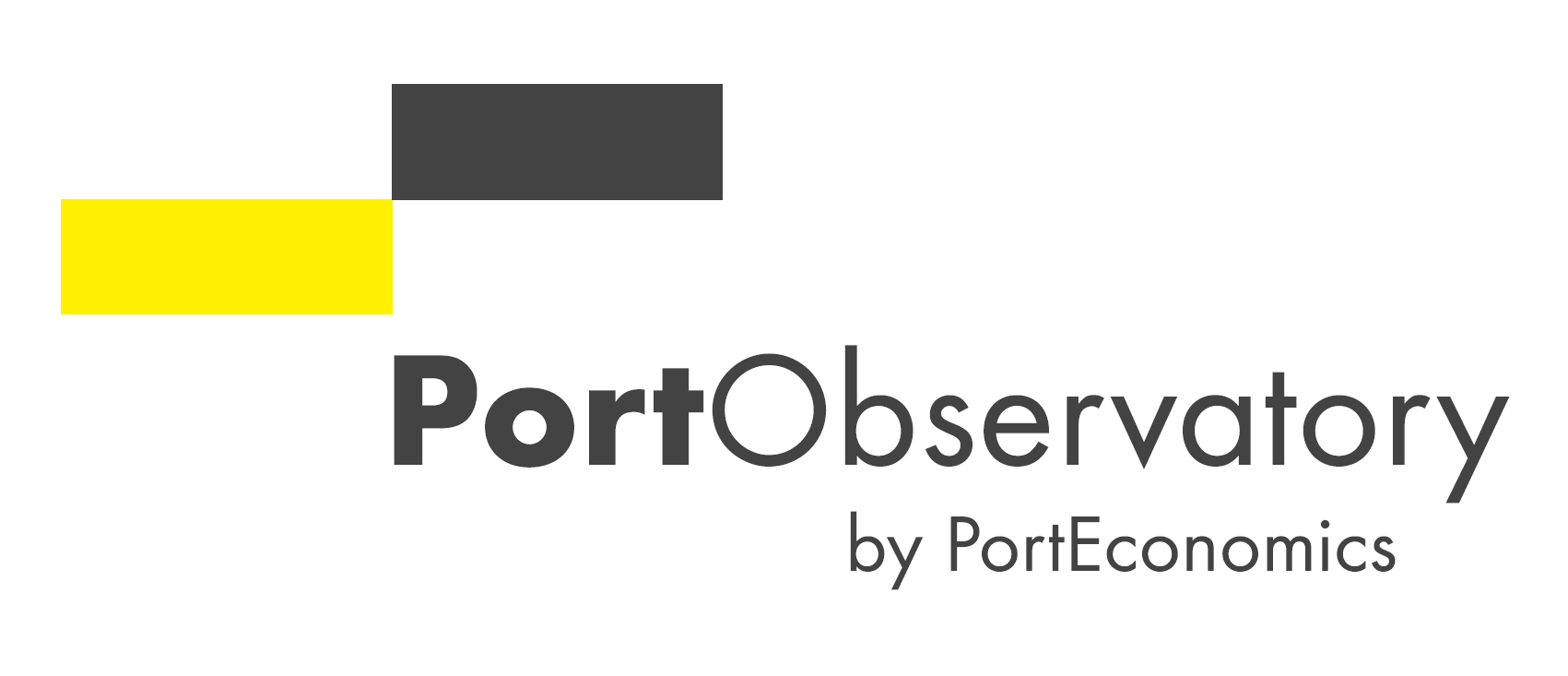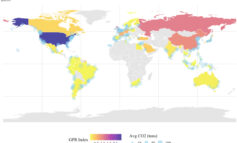The latest book chapter of PortEconomomics members Gordon Wilmsmeier and Jason Monios aims to revisit in the context of more recent work in the field the work of Cullinane and Wilmsmeier (2011) on the contribution of the dry port concept to the extension of the port life cycle. This extension relied on the use of vertically integrated corridors between the port and the dry port to move containers quickly and smoothly from the port to the hinterland for processing and stripping.
The study brings another layer to this conceptualisation by adding the inland context, applying the intermodal terminal life cycle of Monios and Bergqvist (2016), in order to discuss synchronicities between the port and inland terminal (or dry port) life cycle. Both seaport and dry port in the hinterland have their own institutional governance structures, national and local policy and planning regimes and internal investment strategies regarding infrastructure capacity limits, and these change over time according to the different life cycles. Yet the demand for improved quality of port hinterland access to facilitate trade means that the two nodes must increasingly work together, which is already demonstrated in increasingly integrated ownership and operational models. However, for port hinterland transport to function smoothly, it is essential to understand both potential synergies and conflicts between various stages of the port and dry port life cycles.
The book chapter has been included in: Böse, J. W. (Ed.). Handbook of Terminal Planning. 2nd edition. Cham, Switzerland: Springer. Pp. 501-515 ant the authors’ version can be downloaded here.












